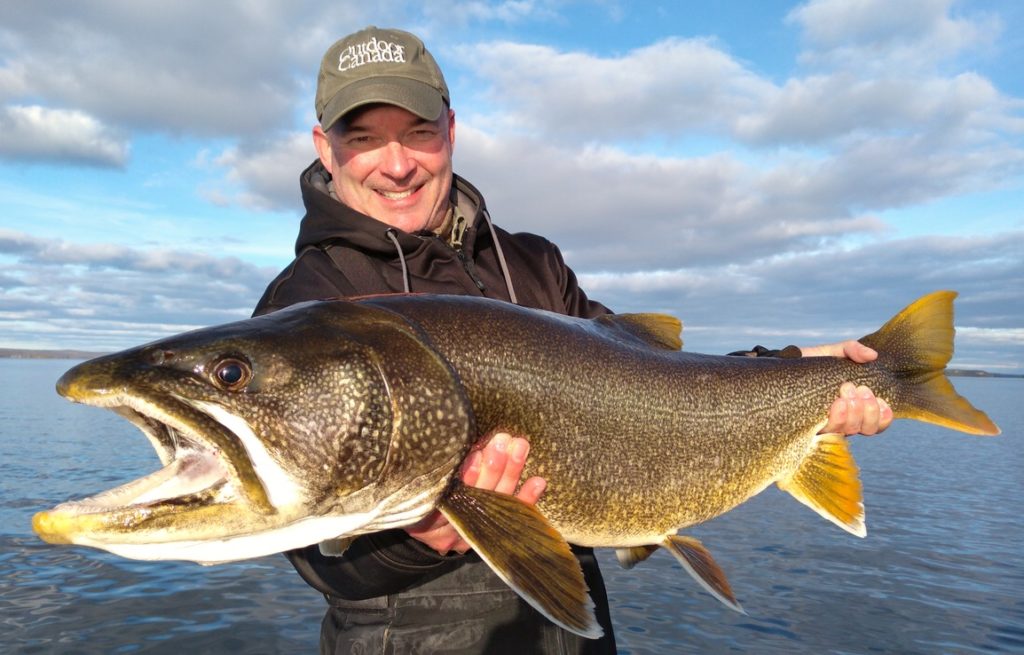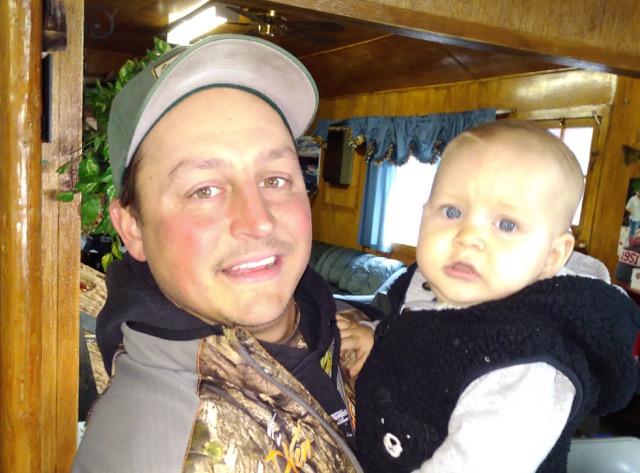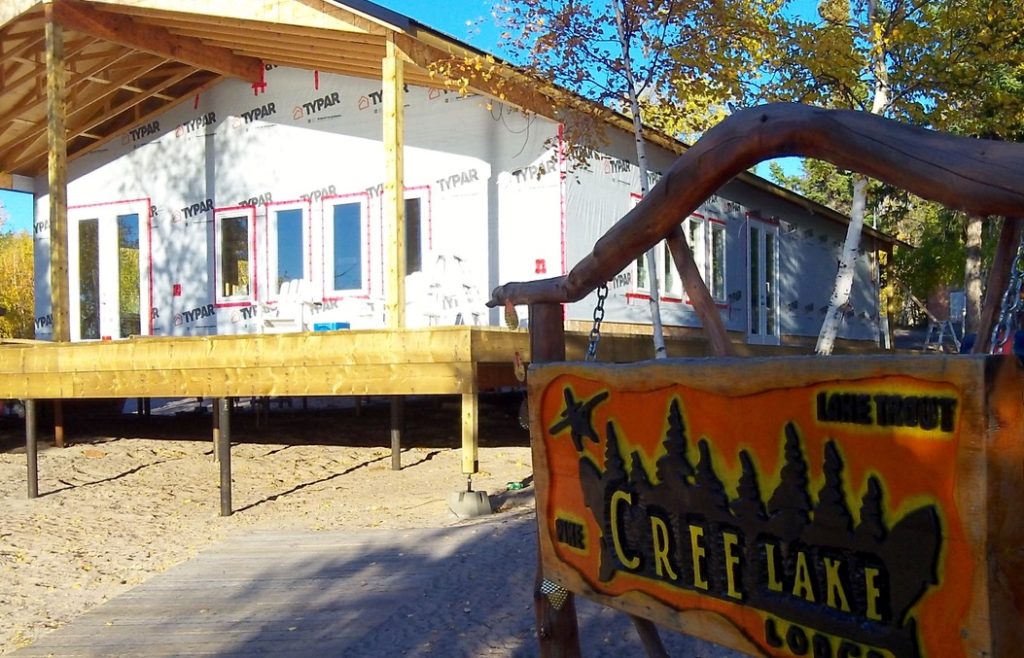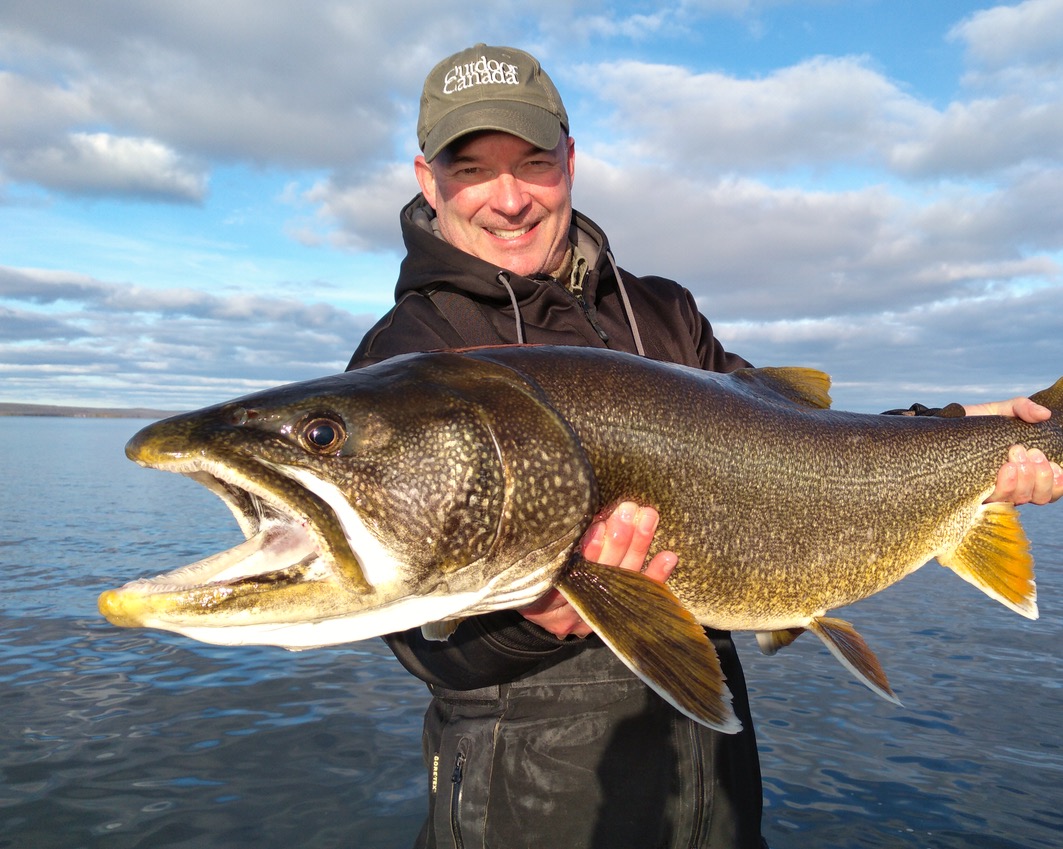Fishing in the middle of nowhere
In the heart of northern Saskatchewan’s rugged, remote wilderness, Cree Lake promises incredible late-season fishing for lake trout—and on the fly at that
Advertisement

Just looking at a map, it’s easy to conclude Cree Lake is indeed in the middle of nowhere. That’s because Saskatchewan’s fourth largest lake is, geographically speaking, in the middle of nowhere. Scoured into the Precambrian Shield right in the centre of the top third of the province, the 1,152-square-kilometre glacial lake is an hour’s float plane ride from Fort McMurray in neighbouring Alberta, which was the route John and I took to get there. And the nearest populated settlement is Patuanak, a Dene community of some 550 souls at the end of Highway 918, about a 200-kilometre hike south from the lodge through the northern boreal forest. Cree Lake surely is in the middle of nowhere.
And it isn’t.
Advertisement
For the region’s Dene people, the lake lies within their traditional territory, making it a major source of sustenance and an integral part of their culture. Most of the guides at the lodge are Dene, in fact. They spend the off-season in Patuanak or Buffalo Narrows further to the west, while an extra hardy few live in the area year round, trapping when they’re not guiding. And for the keen anglers who venture to Cree, the lake is at the epicentre of northern Saskatchewan’s incredible fishing for lake trout, northern pike, whitefish, walleye and Arctic grayling.
Then there are the Schreiber brothers. For them, family notwithstanding, Cree Lake is at the centre of their lives. They purchased the 68-year-old lodge in 2009, but they were already familiar with the lake well before that—the lodge is on Rushmore Peninsula, at the north end of the lake, next door to a cabin their parents and brother Michael bought 15 years ago.

That proximity seems to have set the tone for how the lodge has really become a family-run business, with both Adam’s wife, Darrelle, and Brandon’s spouse, Amanda, working there during the summer. Says Brandon: “They keep the place, and us, organized.” Darrelle’s mother is also part of the crew, as are Darrelle and Adam’s children, ages six to 15, who do everything from chop wood to fuel the camp’s fleet of 18-foot Crestliners. (“The kids spend lots of time in their own small boats, touring the lake and fishing, with hopes to be guides,” says Brandon.) Then there’s Brandon and Amanda’s son Waylon, who was all of eight months old during my visit, and the star attraction with the angler guests at the lodge’s happy-hour bull session and singalong each evening.
Advertisement
As much as running the lodge is a business, Adam, 36, and Brandon, 34, can also consider Cree Lake and environs as one giant playground, where they’ve managed to carve out time to do some fishing and hunting of their own. The afternoon John and I first arrived and hopped off the float plane, for example, we were greeted by a moose crowded into the bow of a fishing boat tied to the dock. Apparently, the brothers had quite the adventure the day before, taking the bull some distance from the lodge, then shooting a series of rapids to get it home. Brandon showed me a video of the escapade on his smartphone. The guys were wet, freezing, exhausted and laughing all the way, clearly in their element, and loving it.
I later asked Brandon what it was that attracted him and Adam to Cree Lake. “Giant fish and a huge body of water that will take a lifetime to explore!” he answered. “The pristine and abundant amount of untouched land is one of the best qualities of this area. Is there a better place on earth to spend the summer and raise your family, while making new friends and helping people’s dreams come true?”
Advertisement

As much as the brothers clearly enjoy the Cree Lake lifestyle, they also work hard. Back home in Pierceland, mid-province near the border with Alberta, Adam is a construction consultant and runs his own hunting-themed clothing company, Bush King Apparel; Brandon is an equipment operator in the oil fields, and just this past June, he sold his share in Buck Country Outfitters, where he offered guided hunts for black bears, whitetails and waterfowl. But it’s at the lodge where most of their energies are clearly focussed, and not just during the open-water season.
Throughout much of the winter immediately before John and I visited, the brothers and crew hauled building supplies to Cree across the frozen landscape for the construction of a new main lodge. (“The old plywood palace, she’s getting a bit old,” Adam told me. “That’s why we’re building a new one.”) In all, they made 29 trips in by snowcat, each 80-kilometre journey taking as long as 11 hours from their secret jumping off point at the end of the tarmac. Last winter, they made another 26 trips, completing the new lodge in time for this most recent season (see “Cree Comforts” on page 4).
Now that’s dedication. And clearly, hard work.

